10 x 4 Tablets Ivermectin 6mg for anti-parasite
$164.99
Discount per Quantity
| Quantity | 2 | 3 - 6 | 7 - 12 | 13 + |
|---|---|---|---|---|
| Discount | 10% | 15% | 20% | 25% |
| Price | $148.49 | $140.24 | $131.99 | $123.74 |
10 stripes x 4 = 40 Tablets Ivermectin 6mg
What is ivermectin?
Ivermectin is an anti-parasite medication use for parasitic diseases treatment
Ivermectin is an FDA approved drug for use in humans to treat a variety of parasitic infections including parasitic worms, hookworm and whipworm. It may also use as a effective treatment for a wide range of other conditions and as a treatment of onchocerciasis, intestinal strongyloidiasis and onchocerciasis or river blindness.
The antiviral activity of Ivermectin has been shown against a wide range of RNA and DNA viruses, for example, dengue, Zika, yellow fever, and others.
How should I take ivermectin?
Never take ivermectin in larger amounts, or for longer than recommended by your doctor. Follow all directions on your prescription label.
Take ivermectin on an empty stomach, at least 1 hour before or 2 hours after a meal.
Ivermectin is usually given as a single dose. Take this medicine with a full glass of water.
To effectively treat your infection, you may need to take ivermectin again several months to a year after your first dose.
If you have a weak immune system (caused by disease or by using certain medicine), you may need to take more than one dose of ivermectin. Some people who have a weak immune system need to take this medicine on a regular basis. Follow your doctor’s instructions.
To make sure this medicine is working, you may need to provide frequent stool samples.
Dosing information
Usual Adult Dose of Ivermectin for Onchocerciasis:
0.15 mg/kg orally once every 12 months
Patients with heavy ocular infection may require retreatment every 6 months. Retreatment may be considered at intervals as short as 3 months.
Dosage guidelines based on body weight:
15 to 25 kg: 3 mg orally one time
26 to 44 kg: 6 mg orally one time
45 to 64 kg: 9 mg orally one time
65 to 84 kg: 12 mg orally one time
85 kg or more: 0.15 mg/kg orally one time
Usual Adult Dose for Strongyloidiasis:
0.2 mg/kg orally once
In immunocompromised (including HIV) patients, the treatment of strongyloidiasis may be refractory requiring repeated treatment (i.e., every 2 weeks) and suppressive therapy (i.e., once a month), although well-controlled studies are not available. Cure may not be achievable in these patients.
Dosage guidelines based on body weight:
15 to 24 kg: 3 mg orally one time
25 to 35 kg: 6 mg orally one time
36 to 50 kg: 9 mg orally one time
51 to 65 kg: 12 mg orally one time
66 to 79 kg: 15 mg orally one time
80 kg or more: 0.2 mg/kg orally one time
Usual Adult Dose for Ascariasis:
0.2 mg/kg orally once
Usual Adult Dose for Cutaneous Larva Migrans:
0.2 mg/kg orally once
Usual Adult Dose for Filariasis:
0.2 mg/kg orally once
Study (n=26,000)
Mass treatment in Papua, New Guinea:
Bancroftian filariasis: 0.4 mg/kg orally once yearly (with a single annual dose of diethylcarbamazine 6 mg/kg), for 4 to 6 years
Usual Adult Dose for Scabies:
0.2 mg/kg orally once, and repeated in 2 weeks
Ivermectin therapy may be combined with a topical scabicide.
Usual Pediatric Dose for Filariasis:
Study (n=26,000)
Mass treatment in Papua, New Guinea:
Bancroftian filariasis:
5 years or older: 0.4 mg/kg orally once yearly (with a single annual dose of diethylcarbamazine 6 mg/kg), for 4 to 6 years
Only logged in customers who have purchased this product may leave a review.
Related products
CODEINE/TRAMADOL
HOT PRODUCTS
CODEINE/TRAMADOL
HOT PRODUCTS
CODEINE/TRAMADOL
CODEINE/TRAMADOL
HOT PRODUCTS

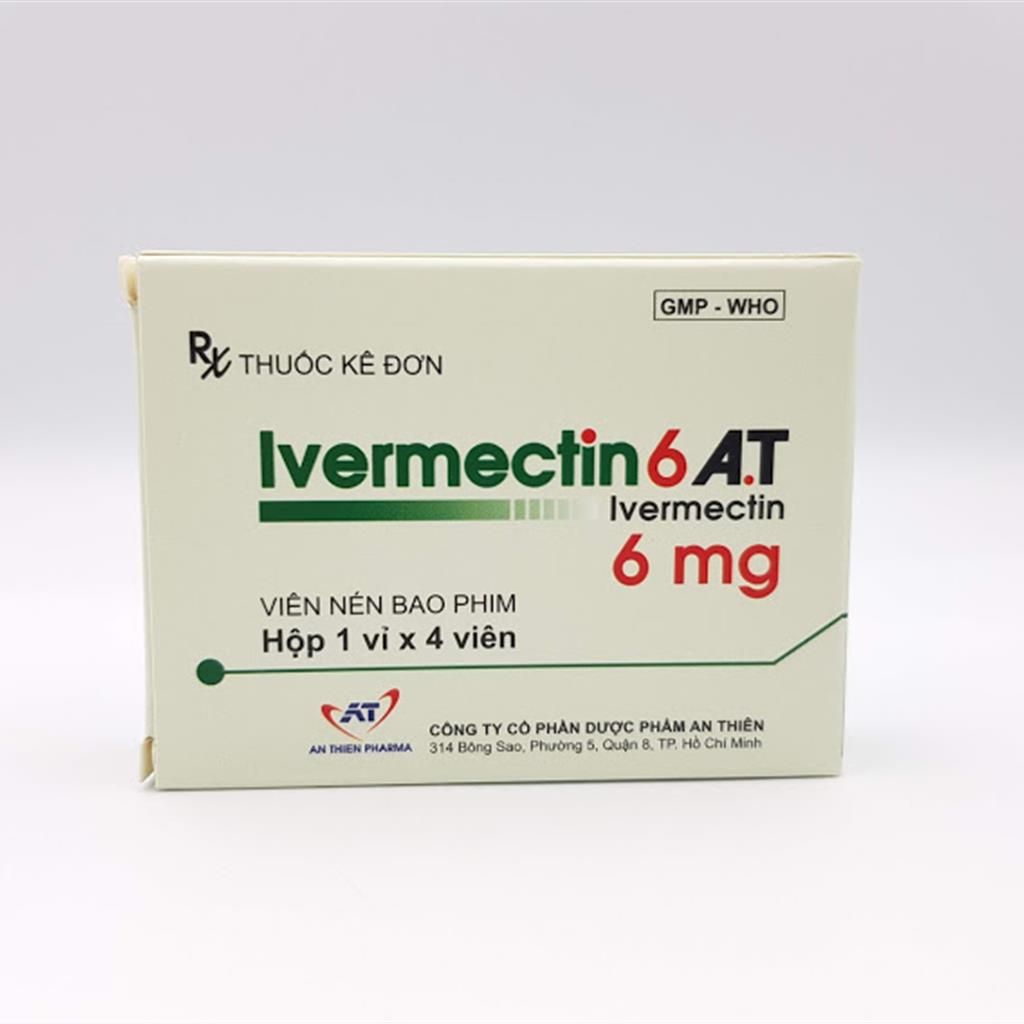
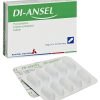
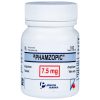

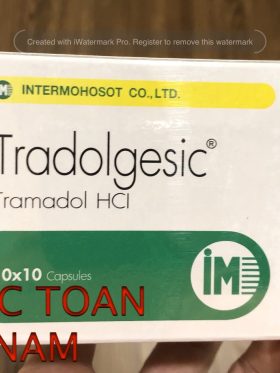
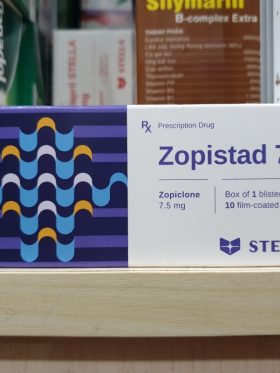


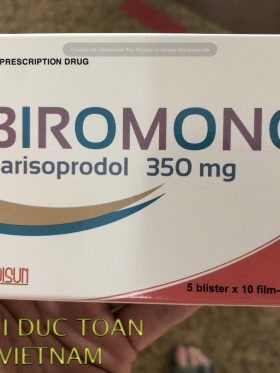
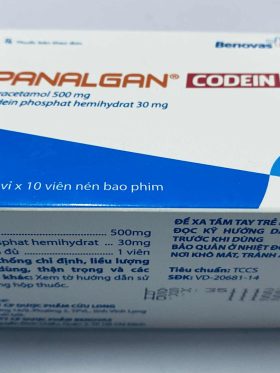
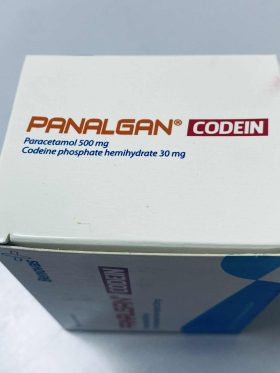
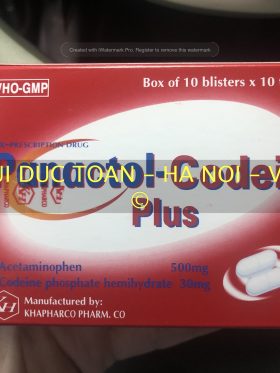
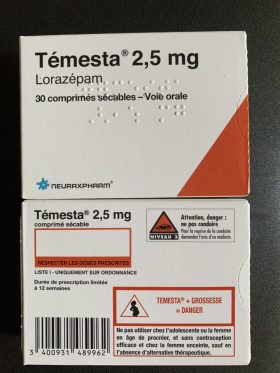
Reviews
There are no reviews yet.